Here is a Pierce Oscillator that I built to oscillate at 16 MHz. I put the parts on a breadboard (I know its a bad idea, but this is what I have with me). And here is the result:

As we can see I am getting a maximum frequency of 1 MHz, and if I increase the R6 resistor value to around 500 to 1k ohm, I do get a response where one moment I get 16Mhz frequency but the next moment it falls back to what I have in the above oscilloscope screenshot. And it keeps on moves back and forth between 16MHz and 1MHz frequency, i.e. the oscillation is not stable.
Increasing R6 value is going to contribute more phase (the crystal and R6-C13 combination must provide phase of 180 deg), which means the effective inductance value does not need to go higher, i.e., crystal is going to resonate very close to series frequency.
I have kept the load capacitance to be 16.5 pF, as breadboard is going to add around 3pF to that which should take me to 20pF, as required by datasheet.
Having said all that I can't understand why the frequency is not stable, one moment it is 1MHz and next moment it is 16MHz, and it keeps bouncing back and forth between these two frequencies. Any light on this would be greatly appreciated.
NOTE: Here is an answer something related to this, but this does NOT answer my question.
